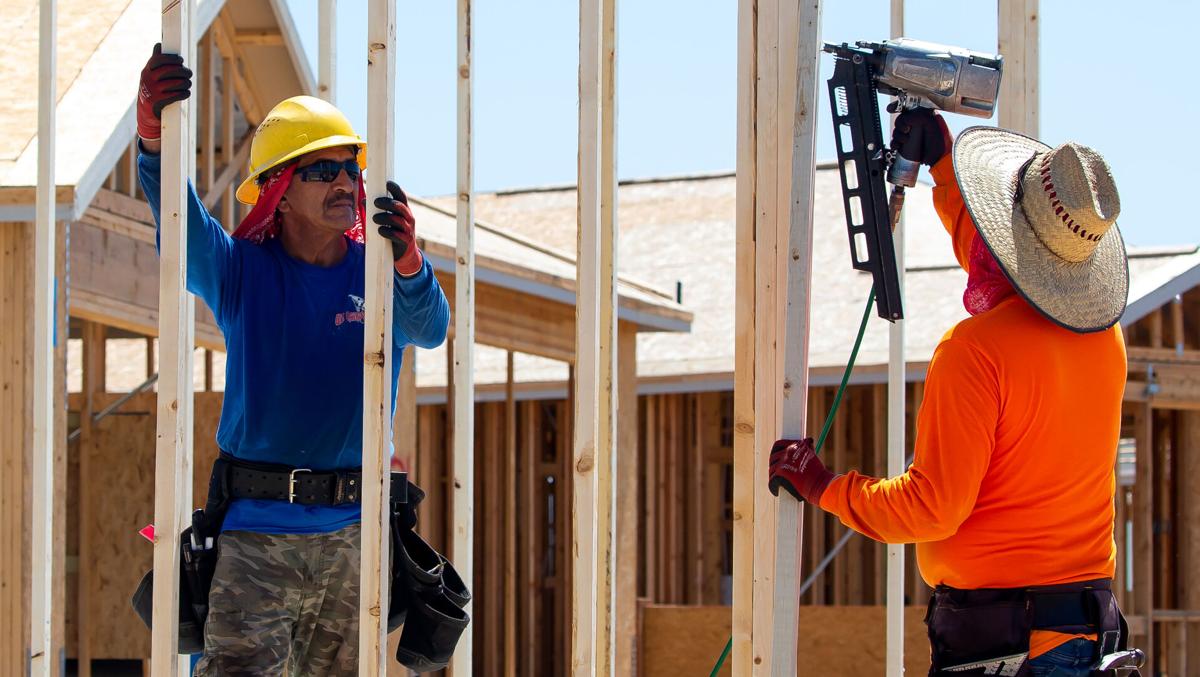Arizona’s jobless rate ticked up again last month, the third time in four months, even as the national rate dropped.
But Doug Walls, the labor market analyst for the Arizona Office of Economic Opportunity, said Thursday he’s not seeing anything causing him great concern. He noted the 3.7% seasonally adjusted unemployment rate, while up two-tenths of a percent from August, is still below the state’s pre-pandemic average.
Some of that is job creation in Arizona, up by 102,500 as reported by private sector employers since last year. But what’s growing even faster is the number of people in the labor force, both employed and not.
Consider: A household survey last month showed total employment approaching 3.5 million. That’s up by 3,242 from August.
But the labor force increased by 11,717. So more people available to work, whether by reentering the labor market or moving to Arizona, translates to a higher unemployment figure.
And there’s something else.
Walls said a separate report shows there are close to two open jobs for every unemployed person.
“So I think the labor market is still tight,” he said.
“There are employers that are looking for employees,” Walls continued. “They still are not able to find them.”
That search for workers, in turn, is having ripple effects.
Average hourly wages in Arizona hit $30.57 in September. That’s up 7.8% from the same time a year earlier.
By contrast, wages on the national level are up 4.9% year over year, though the average of $32.40 is still higher than the state.
Still, costs at the state level are eating up pay increases at an even faster rate.
One area of the economy that may bear watching in the coming months is the construction industry.
Sharply higher mortgage rates appear to be finally driving housing prices down in Arizona. At the same time, the median number of days properties are on the market increased.
And Walls said buyers, seeing some trends in prices, might hold off on making a purchase.
All that could reduce the number of people needed in construction.
“We haven’t seen it yet,” Walls said. “But we have to wait and see where construction employment goes from here.”





